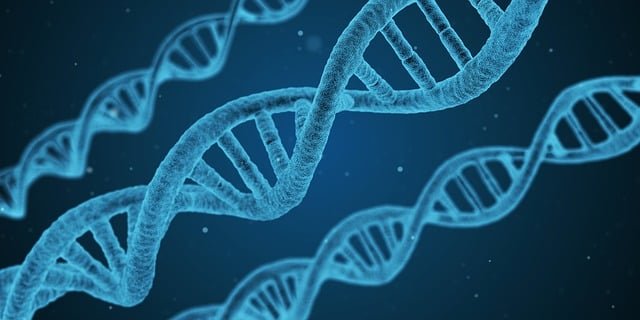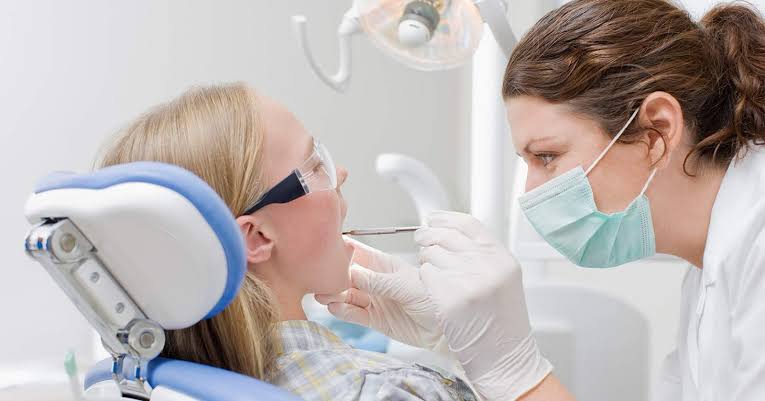Advantages of Early HER2-Positive Breast Cancer Diagnosis
The standard of care for HER2-positive breast cancer has evolved significantly over the last 20 years. HER2 status is now considered more important than tumor stage in determining treatment recommendations. HER2 testing helps doctors determine whether a patient’s cancer will respond to neoadjuvant chemotherapy. This allows doctors to lower the intensity of chemo and reduce the side effects that patients experience.
Early Detection
When breast cancer is HER2-positive, it grows faster than other types of breast cancers and is more likely to spread (metastasize) or come back (recur). HER2-positive breast cancers respond better to treatment that targets HER2 proteins.
A diagnosis of HER2-positive breast cancer can be made by using a test called immunohistochemistry or fluorescence in situ hybridization (FISH). In the late 1980s, researchers first showed that the HER2 gene and its protein product — which sits on the surface of cells and relays growth signals — can cause normal cells to grow uncontrollably like cancer cells.
This breakthrough led to targeted therapies that kill cancer without harming healthy cells. The success of treatments that target HER2 has also increased survival rates for people with metastatic breast cancer. However, only cancers that produce high levels of the HER2 protein are considered HER2-positive and can benefit from these treatments.
Most metastatic breast cancers have low levels of HER2. New advances in tumor testing allow doctors to distinguish between HER2-low and HER2-positive diseases, enabling them to offer a more effective treatment plan. These developments also open the door to developing more precise and effective HER2-targeted drugs.
Early Diagnosis
Almost all cancers can be cured if diagnosed at the earliest stage. Cancer detection at the earliest stage depends on attending screening programs designed to detect early symptoms (e.g., mammography for breast cancer) and promptly presenting to primary care with suspected cancer symptoms.
However, people often experience barriers to accessing and using cancer services, leading to delays in diagnosing and treating their condition. These include poor cancer awareness (e.g., in the general population and at the primary health care level), lack of knowledge about how to recognize early signs and symptoms; difficulty identifying and reporting them; and logistical, financial, and psychosocial barriers to rapid referral, diagnosis, and treatment, such as waiting lists and delays following referral to specialist services.
In addition, some cancers are more aggressive than others and have a higher risk of spreading and returning after treatment. HER2-positive breast cancers, for example, have tumor cells that make too many copies of the HER2 gene and grow more quickly than normal cells. HER2-positive breast cancers have a better prognosis than hormone receptor-negative tumors, which have no ERs or PRs and grow more slowly.
Early Treatment
Most breast cancers can be cured, and many patients diagnosed with early-stage breast cancer have excellent outcomes. But the diagnosis can still cause a lot of anxiety, and people want to know how to prevent their tumor from returning or the best treatment options.
Researchers are learning more about specific molecular targets and designing new targeted therapies for biologically defined cancer subtypes. These therapies can significantly reduce the chances of recurrence and death for high-risk patients. Clinicians can also use sophisticated pathology and genomic signature assays to refine the anticipated prognosis for long-term outcomes.
More intensive treatment, such as neoadjuvant chemotherapy, can improve survival for people with HER2-positive tumors. This is because neoadjuvant therapy lowers the risk that the tumor will recur after surgery. Hormonal therapy, called endocrine therapy, is adequate for most women with hormone receptor-positive (ER-positive or PR-positive) tumors. It helps keep the tumor from using natural estrogen and progesterone to grow.
Better Prognosis
A crucial part of a biopsy for breast cancer is testing the tissue for HER2. When the HER2 gene and protein are overexpressed, specific treatments can help to control tumor growth.
This discovery led to the developing of therapies that have significantly improved breast cancer survival rates. HER2 status is determined using an immunohistochemistry (IHC) or fluorescence in situ hybridization (FISH) test on the biopsy sample. Both tests are accurate and essential for treatment decisions, but IHC is the most widely used test. In addition to HER2 test results, doctors look at other factors affecting the risk of cancer returning, including node involvement and tumor size.
These factors can influence how intense a patient’s systemic therapy is, and whether they need to undergo chemotherapy or not, and genomic profiling can be helpful in this context. Most early-stage, HER2-positive breast cancer patients receive chemotherapy and a monoclonal antibody targeting the HER2 receptor.
Conclusion
In conclusion, regardless of what type of HER2-positive tumor a patient has, they should be treated at a center that sees many cases of this disease. This ensures that HER2 testing is done accurately and that patients benefit most from their treatment plan. Future research is needed to improve genetic and genomic profiling to more accurately assess a patient’s risk of cancer returning to help patients avoid unneeded treatments.







